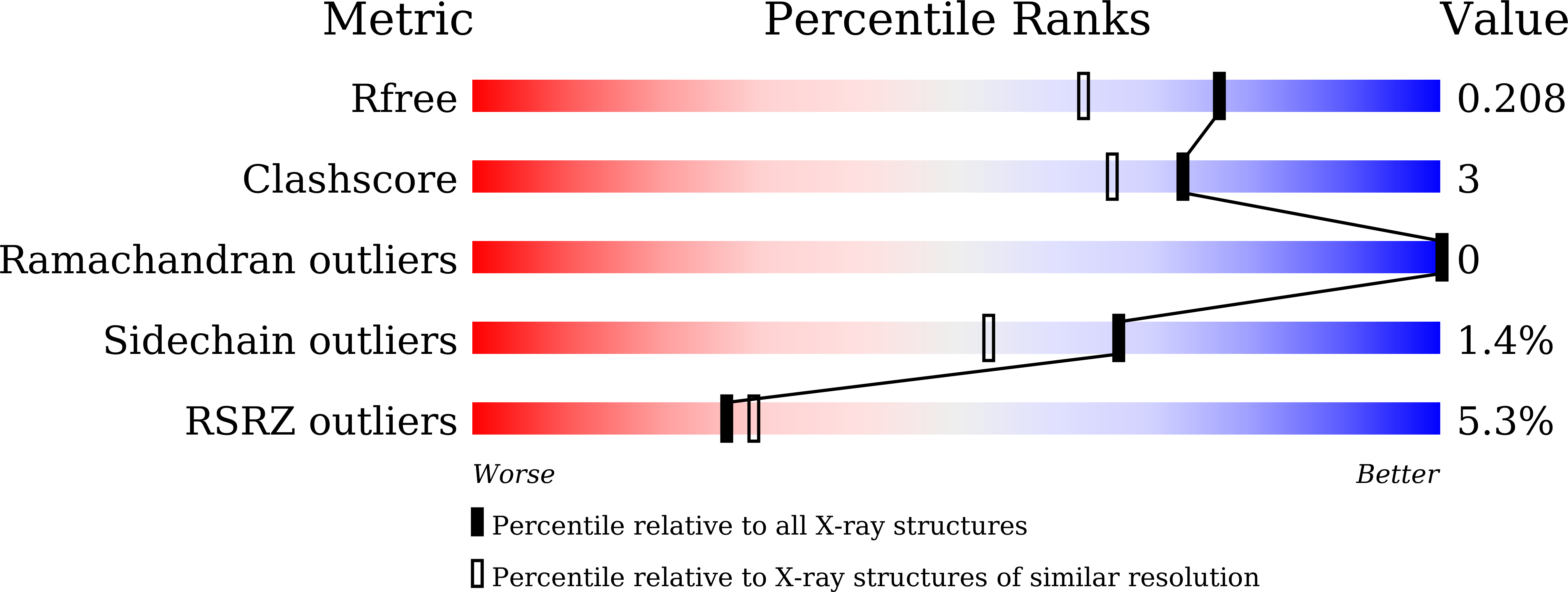
Deposition Date
2021-11-06
Release Date
2022-05-18
Last Version Date
2023-11-29
Entry Detail
PDB ID:
7VVG
Keywords:
Title:
Crystal Structure of HRasG12V(GMPPNP-bound) in complex with the Ras-binding domain(RBD) of SIN1
Biological Source:
Source Organism:
Homo sapiens (Taxon ID: 9606)
Host Organism:
Method Details:
Experimental Method:
Resolution:
1.70 Å
R-Value Free:
0.20
R-Value Work:
0.17
R-Value Observed:
0.17
Space Group:
P 61 2 2


